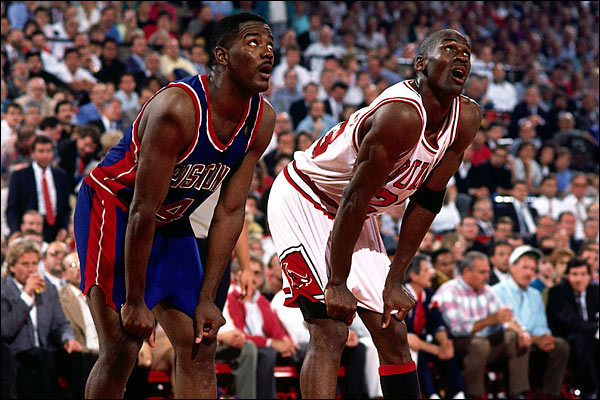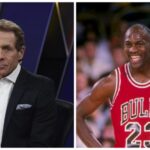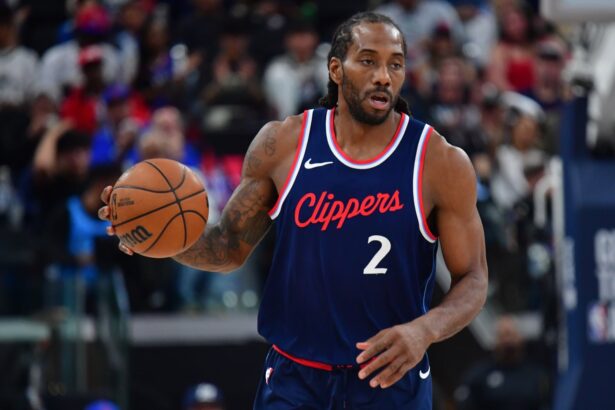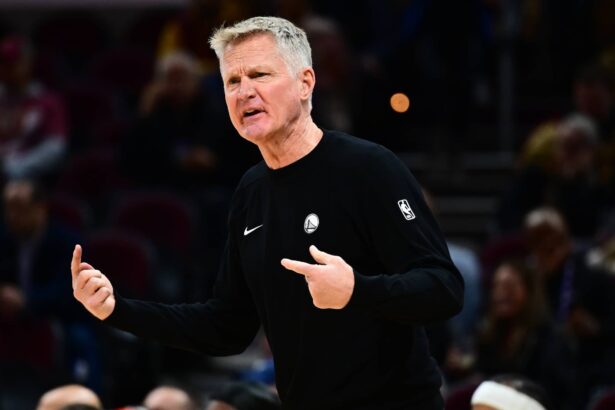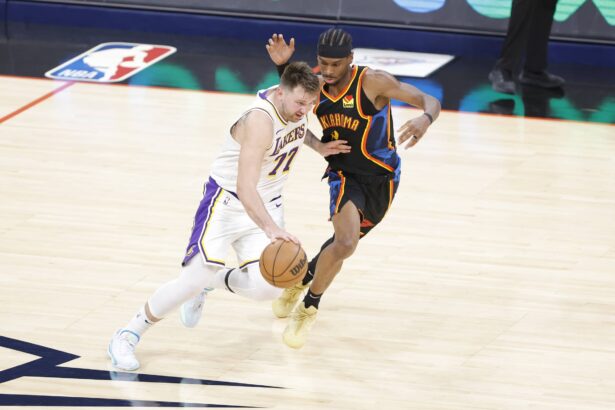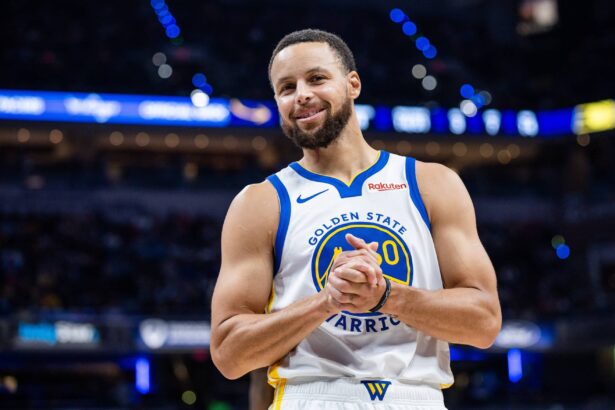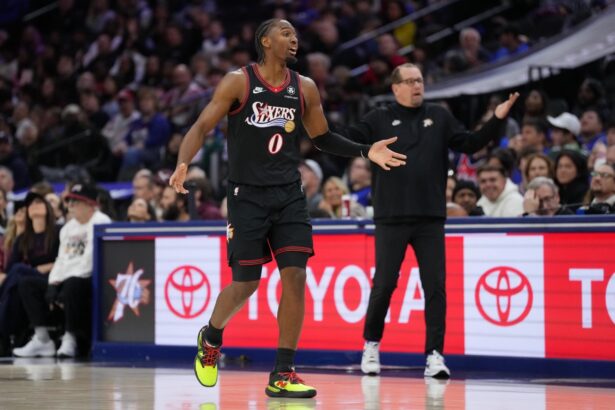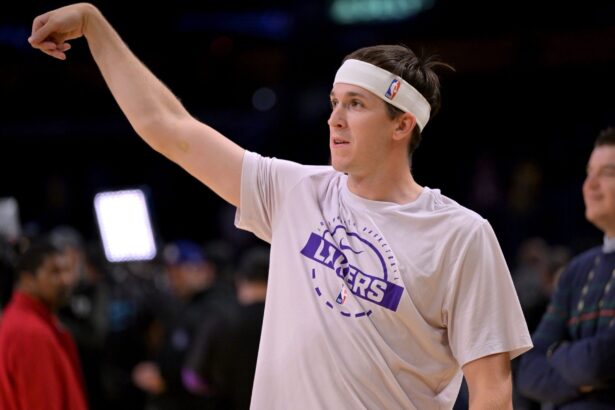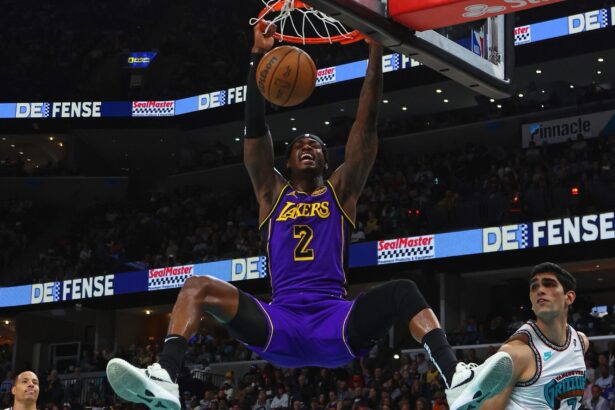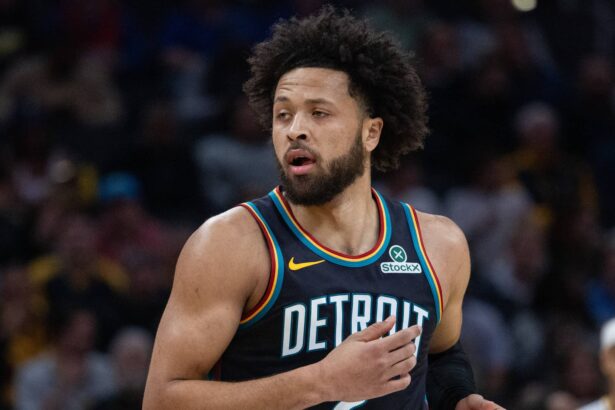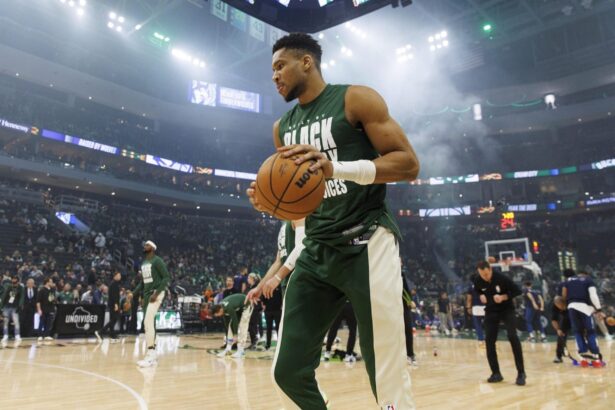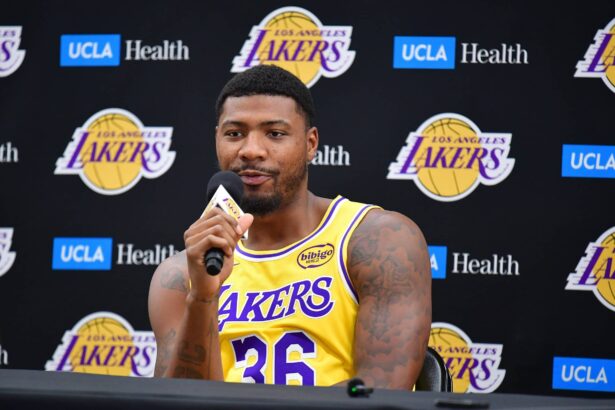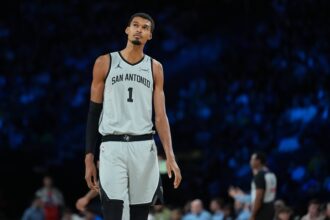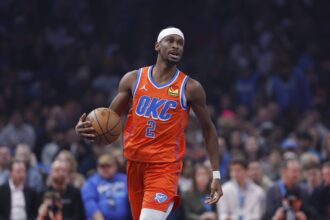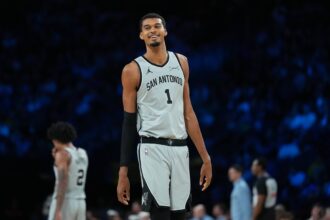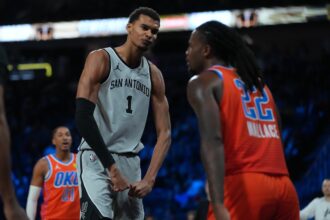Michael Jordan’s road to greatness did not come without a few hurdles. Perhaps the biggest of them all were the “Bad Boy” Pistons, credited as one of the only teams who could truly “slow down” the GOAT.
For three straight years, the Pistons actually beat MJ and his Bulls and it was in large part due to their famous (and largely controversial) methods. Donning it “The Jordan Rules,” the Pistons were all about not letting him get to the basket.
Bleacher Report’s Ric Bucher went in-depth about it in one of his most recent articles:
The Pistons referred to their strategy as “The Jordan Rules,” apparently believing that “Goonery” was too indelicate. “The Jordan Rules by the Pistons were all about not letting him get to the basket,” says former Bulls center Will Perdue, who played in the last two of those futile Pistons series. “Nobody could stay in front of him, so his man, usually Joe Dumars, would try to make him go a certain direction, usually toward the baseline. A second defender would run at him with their hands up as if they were making a play on the ball, except they’d literally run through Michael’s body. John Salley or Dennis Rodman would get a running start and just take him out.”
Admittedly, the strategy worked.
While repeatedly getting knocked down never knocked Jordan out with an injury, the energy to pick himself up, along with his insatiable hunger to prove the tactic couldn’t stop him, had a cumulative effect. It left him drained, both at the end of games and the end of the series.
“I don’t think [Pistons coach] Chuck Daly wanted to hurt him,” Perdue says. “He was just looking to wear him out.”
After losing in seven games to the Pistons in 1990, Jordan decided he had had enough. That summer, he adjusted his game so that he wouldn’t have to “take flight” on drives to the rim. Instead, he decided that the best thing to do against them was to catch the ball in position and score with minimal dribbles.
After losing in seven games to the Pistons in the 1990 Eastern Conference Finals, Jordan decided it was time to stop running headlong into a wall of Detroit big men—and, instead, make himself into a big man. Rather than drive from the perimeter and then take flight, leaving himself vulnerable to Detroit’s punishing tactics, he worked on catching the ball where he was a scoring threat without taking a dribble: on the low block near the basket. It was an unorthodox tactic to have a 6’6″, 198-pound shooting guard play that way, but it was possible because of the Bulls’ equal-opportunity Triangle offense, which was predicated on interchangeable players reading the defense and collectively recognizing its weak spot.
https://www.youtube.com/watch?v=3Hs1Pi5__4o
Of course, we know its effectiveness. By the summer of 1991, he had his first NBA Championship and the rest is history. He would retire with a total of six titles, 5 MVP awards, and with a reputation as the greatest ballplayer ever.
But part of the reason why he was able to overcome his adversaries was, in large part, due to his ability to adapt, change and mold his game to any challenge.
“The Jordan Rules worked as long as Michael played a traditional way,” Armstrong says. “But he made an adjustment. … He figured out he had to catch the ball in position to score. So he learned to operate from the post and on the weak side and play the game with three dribbles or less. Now when he caught it, because his footwork was so good, he could score in a multitude of ways. He was skilled enough to adapt to any situation.”

